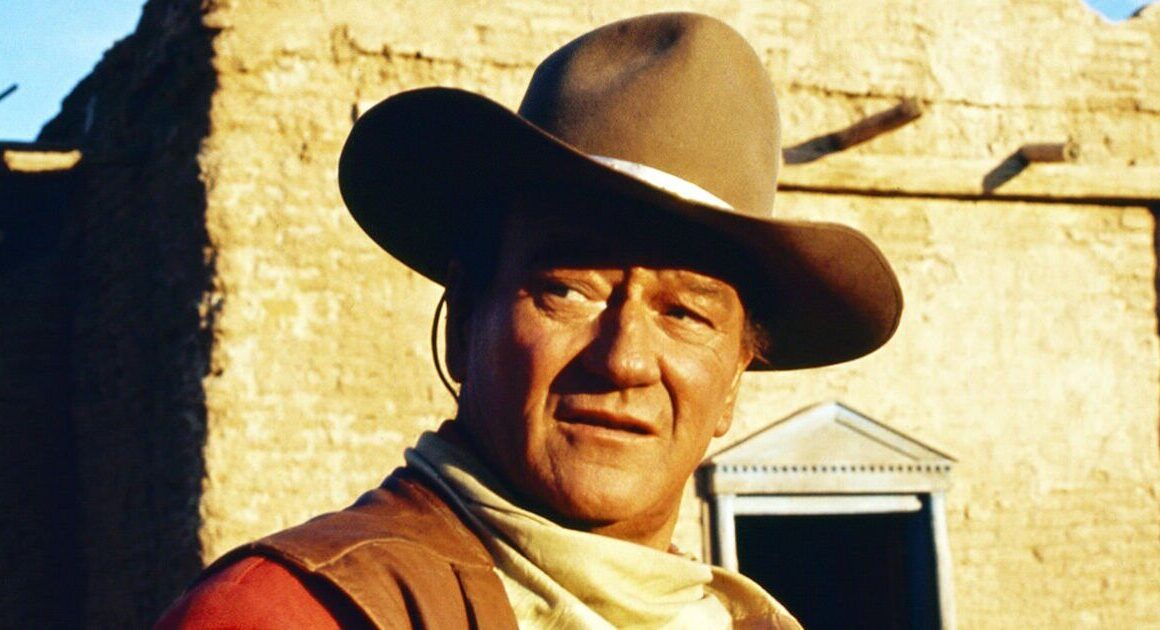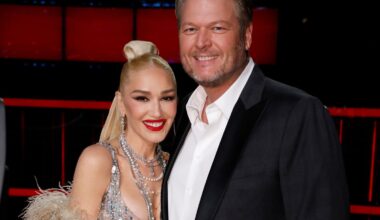In the ever-shifting landscape of Hollywood, many names rise to fame only to fade into obscurity just as quickly. But to be truly immortalized in the annals of cinema—to leave an indelible mark on the industry—requires something far beyond fleeting stardom. Few actors have achieved this feat, yet one name remains etched in cinematic history: John Wayne.
Despite the controversies that have clouded his legacy in recent years, Wayne’s impact on film is undeniable. With a towering screen presence and an unshakable grip on the Western genre, he became the undisputed king of the cowboy persona. But even legends have misfires, and not every gunfight Wayne engaged in on screen was a bullseye.
The Making of a Cowboy Icon
Wayne’s journey to becoming Hollywood’s most famous cowboy started humbly. In the 1920s, he took on small roles in silent films, slowly carving out his place in the industry. It wasn’t until the 1930s that he began gaining traction, starring in B-westerns that laid the groundwork for his breakthrough. Then came Stagecoach (1939), the film that changed everything. Under the masterful direction of John Ford, Wayne transformed from a working actor into a full-fledged leading man.
What followed was one of the most legendary actor-director partnerships in Hollywood history. Wayne and Ford worked together for over two decades, crafting some of the most defining Westerns ever made. From Fort Apache (1948) to She Wore a Yellow Ribbon (1949) and the iconic Rio Bravo (1959), Wayne embodied the rugged, all-American hero with unparalleled charisma. His performances cemented his place as the face of the Western, earning him his first Academy Award for Best Actor.
The Western Wayne Regretted
Given his track record of successful Westerns, it’s no surprise that Wayne had a keen eye for quality. That’s what makes his harsh criticism of Cahill U.S. Marshal (1973) so damning.
On paper, the film had all the elements of a classic John Wayne story—dusty trails, outlaws, and a legendary lawman. The plot followed J.D. Cahill, a fearless U.S. Marshal, as he struggles to keep his two sons from falling in with a gang of criminals. But instead of delivering the high-stakes action Wayne was known for, the movie focused more on the father-son relationship.
In a brutally honest interview with The Film Heritage, Wayne admitted that he considered Cahill U.S. Marshal his worst Western. While he appreciated the film’s emotional core, he believed it simply wasn’t up to par with his usual work. “It just wasn’t a well-done picture,” he said. “It needed better writing, it needed a little better care in making.”
The Man, the Myth, the Controversy
John Wayne was a divisive figure—revered by fans as a symbol of American heroism, yet often criticized by his co-stars for being difficult and domineering. Love him or hate him, one thing was certain: Wayne never sugarcoated his opinions.
With 179 film and television credits to his name, Wayne’s career was a staggering achievement, and a single misstep like Cahill U.S. Marshal could hardly tarnish his cinematic legacy. But when a man who built his name on Westerns calls one of his own films a failure, it casts a long, undeniable shadow over the project.
Even as the years roll on, Wayne’s legend continues to loom large over Hollywood. He may not have always been the perfect cowboy, but he was undeniably the cowboy. And that, more than anything, is what keeps his name alive in the ever-turning reel of film history.






